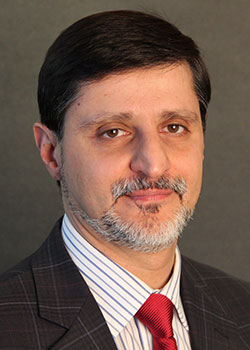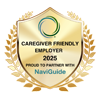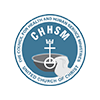
Q: When and why was LeadingAge CAST started?
A: CAST was started in 2003 because of a strategic scenario planning exercise that LeadingAge, AAHSA at the time, conducted in partnership with the Wharton School of Business in 2002. The report identified technology as a major factor in how we will deliver aging services in the future. So CAST (LeadingAge.org/CAST) was created to foster conversations between technology companies, academicians, forward-thinking aging services providers and government representatives.
Q: How can coordinated care improve with the use of technology?
A: Coordinated care is having access to information and notifications and sharing information in a timely manner to deliver health and support services. This leads to better person-centered care, better outcomes, more satisfaction and reduced cost of care (no unnecessary repetition of lab tests, medication errors, etc.).
Q: How widespread is the use of telemedicine? How can it improve care?
A: Telemedicine, often referred to as telehealth, is technology we encourage providers to embrace, advocate for and we are tracking the adoption thereof. Over the past couple of years, we have seen telemedicine adoption generally grow and gain significant interest, especially for aging services providers. We noticed growth of telemedicine and telehealth application among the largest 150 members of LeadingAge to about 22 percent of providers participating in the LZ-150 Technology Adoption Survey in 2017.
Q: What new assistive devices are on the market?
A: Lately, we have witnessed an explosion of social connectedness and engagement technologies designed for older adults, including individuals with special needs such as cognitive decline (e.g., dementia), vision impairments, hearing loss or for individuals who aren’t very comfortable using computers. These technologies usually allow customization to preferences and needs of the individual user. They entertain, emphasizing the fun aspects, which means people use them consistently over long periods of time. They also help users overcome social isolation, which is a risk for depression and has negative effects on health and is equivalent to smoking 15 cigarettes a day (Holt-Lunstad, 2015).
Q: What emerging technologies do you expect to be available in the coming years?
A: Soon, we will see self-driving cars transporting older adults who lost their ability to drive; service and assistive robotics helping older adults and caregivers alike around the house; and smart, connected living environments supporting older adults and their caregivers with correct and timely information. Technology is becoming better, faster, cheaper and more pervasive, making us better connected, more informed and more engaged than ever. We will certainly see significant shifts in consumer expectations, demands and market disruptions and reactions! We are living in exciting, fast-paced times, and to help LeadingAge members consider these changes, LeadingAge partnered with the Institute for Alternative Futures to produce a new scenario planning report and tools that shows significant role for technology. For more information, visit leadingage.org/2030-aging-services-scenarios-documents.
View all articles by:





















